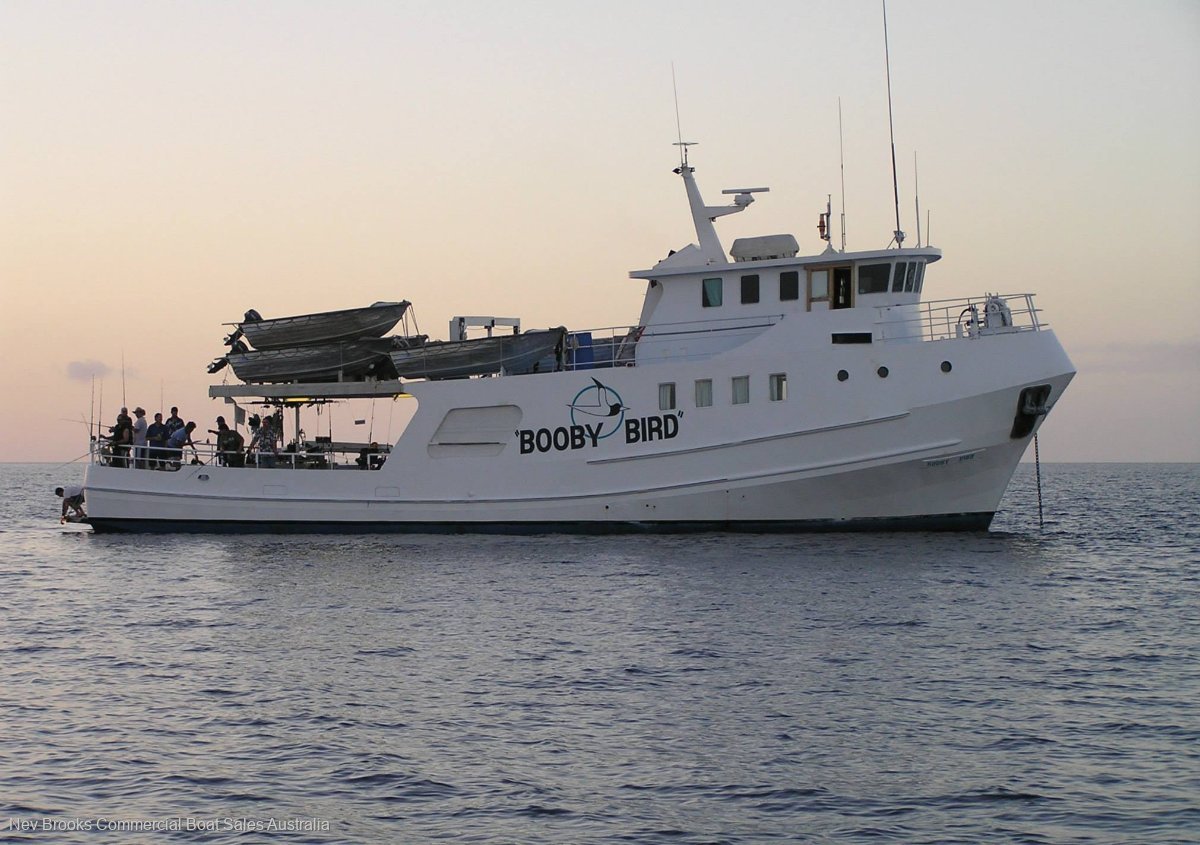I've made ocean passages, rough ones, among the most memorable, from the UK to Germany (the N Sea and English Chanel lived up to their reputation), from the Aleutians to Kodiak, across the Gulf of Alaska, and from Scotland to Iceland via the Faroes (probably the most challenging), aboard Fleming 58s and 65s. They are very capable vessels. But, while some have crossed oceans, you are correct they are not not known for crossing oceans. I've traveled to Newfoundland, Greenland and Svalbard (and within 600 miles of the N Pole) aboard Nordhavns, and I too never was concerned about the vessel's integrity.
On the subject of experience, Nordhavn just shipped it's 600th vessel, one I helped build and recently inspected at their Ta Shing yard (which also built your 62), an N68. Nordhavn estimates their vessels have collectively traveled 10m miles. A handful have been lost to fires and groundings, none at sea. At any given time, a Nordhavn is probably crossing an ocean somewhere.
I've helped build KKY's, I've been to their yard several times, I'm currently working on hull #1 of their Open 60.
I'm a critic of every vessel, when I inspect a new Nordhavn, KKY or Fleming, my list is never less than 100 items long, and often over 150. None are perfect, all are different, all have their strengths and weaknesses and all three can be seaworthy, reliable, safe, and capable cruising platforms. Decide what your cruising goals and budget are first, and that will narrow down the selection process.

